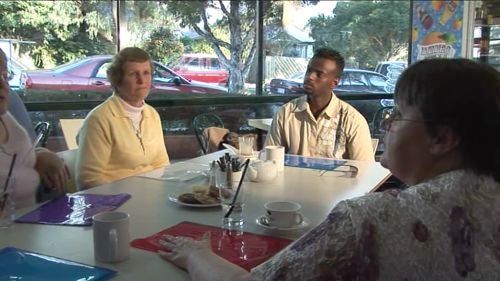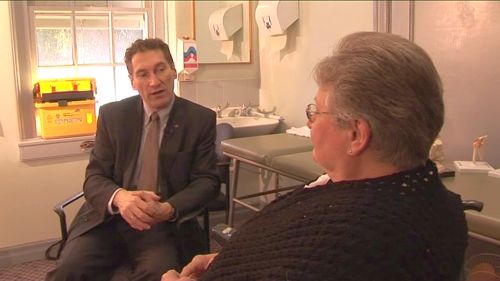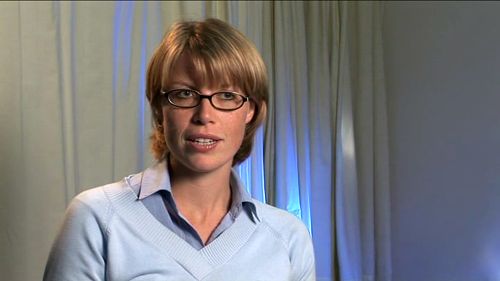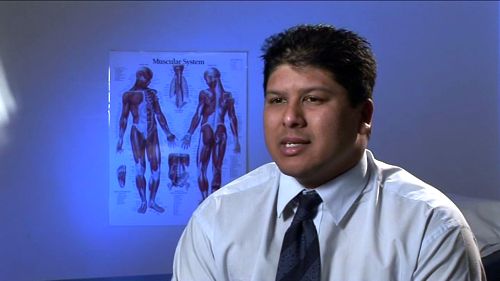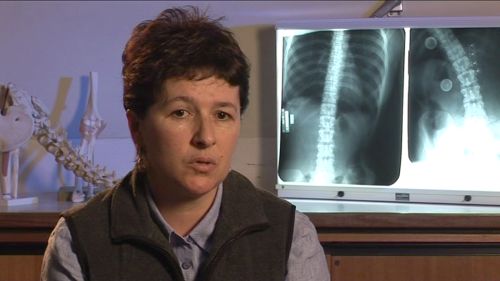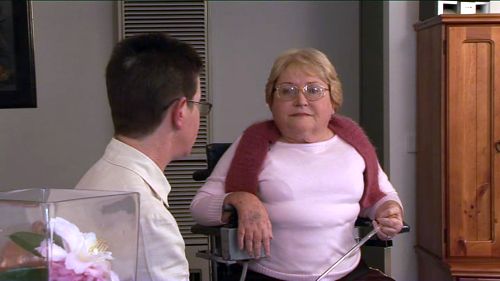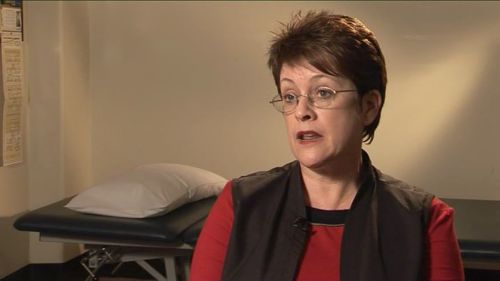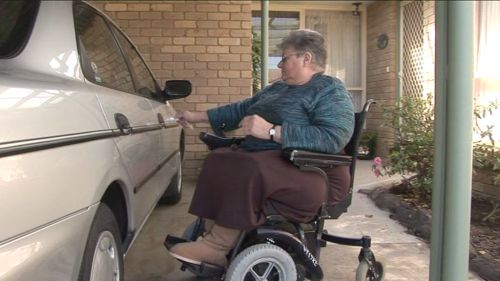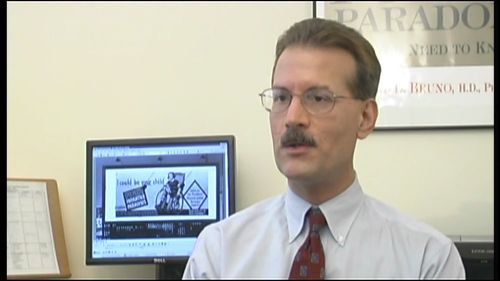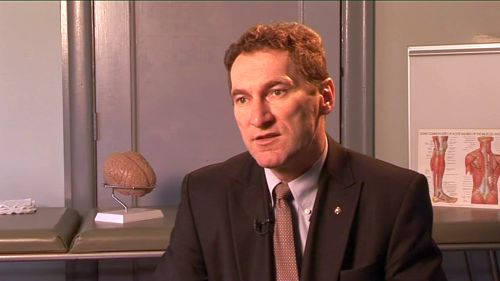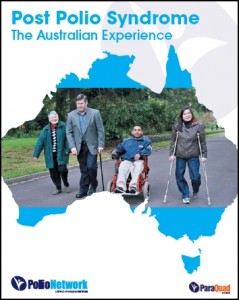 In 2005 the Victorian Polio Network produced a film, Post Polio Syndrome: the Australian Experience, whose aim is to explain post-polio syndrome and the other late effects of polio as well as the resources and strategies available to people with these problems. The film provides useful background information for health practitioners as it gives an excellent account of the condition and of the treatments available. Quite often health practitioners are unaware of treatments that other health professions can provide. A polio survivor recently diagnosed with post-polio problems will also find the film very informative as much is said about what survivors can do in order to continue living a fulfilling life. The more knowledgeable polio survivor will find it a useful revision of what help is available now and if new symptoms occur.
In 2005 the Victorian Polio Network produced a film, Post Polio Syndrome: the Australian Experience, whose aim is to explain post-polio syndrome and the other late effects of polio as well as the resources and strategies available to people with these problems. The film provides useful background information for health practitioners as it gives an excellent account of the condition and of the treatments available. Quite often health practitioners are unaware of treatments that other health professions can provide. A polio survivor recently diagnosed with post-polio problems will also find the film very informative as much is said about what survivors can do in order to continue living a fulfilling life. The more knowledgeable polio survivor will find it a useful revision of what help is available now and if new symptoms occur.
Frequently polio survivors newly experiencing post-polio symptoms are hesitant to approach their GPs and even when they do the information they receive is frequently sparse and sometimes inaccurate. The film could also be a very effective way to explain PPS to relatives and friends.
The tone of the film is positive and optimistic as it follows the lives of six Victorian survivors. The film plot begins with a group of survivors chatting over coffee as they assign each other the tasks of investigating what help six health professions can provide to people experiencing late effects of polio. In the course of their journeys the viewer learns about the polio histories of these people and how they maintain rewarding life styles.
Lyn, who experiences profound fatigue and now needs to use a wheelchair, interviews neurologist and rehabilitation specialist Dr Stephen de Graaff. Tricia visits a physiotherapist who is experienced in treating polio survivors. An occupational therapist evaluates Pauline’s home and suggests changes that would make her life easier. Karim, a young survivor from Ethiopia, has a brace fitted by an orthotist. Mary is polio quadriplegic who lives alone and is employed. She is able to live independently with the help of attendant carers and nocturnal ventilation. She is visited by a nurse specialist who explains her respiratory care. Beth is experiencing speech and swallowing difficulties. Her speech therapist describes ways of diagnosing and dealing with such problems. The benefits of services such as TADVIC (Technical Aid to the Disabled), the Independent Living Centre and post-polio support groups are also discussed.
These interviews are followed by a clip of Dr Richard Bruno discussing his 10 commandments for polio survivors. These are useful rules for attaining and maintaining quality of life. In the final segment of the film Dr de Graaff gives a detailed explanation of the causes, diagnosis and treatment of post-polio problems.
Review by Dr Mary Westbrook, reprinted from Network News, Issue 70, April 2006.
To view each section of the film, click on the images below.



